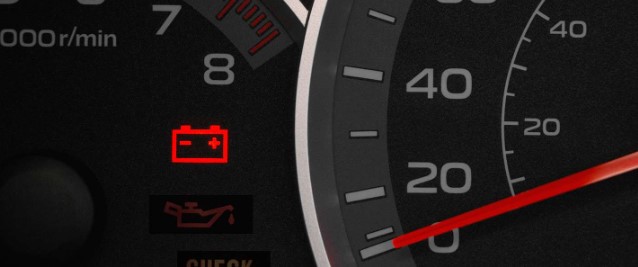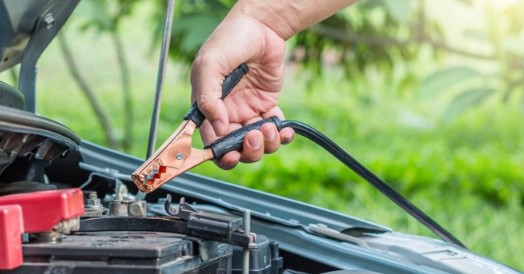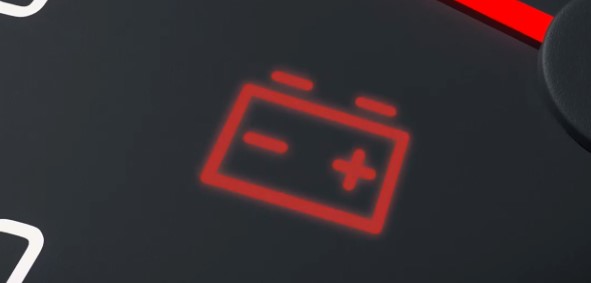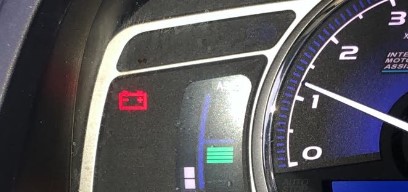After you change the battery in your Honda Civic, you may see warning lights on the dash. These are normal and will go away after a few miles of driving. If you see any warning lights, don’t panic! Take your car for a short drive, and they should go away. If they don’t, or you have any other questions, please get in touch with your local Honda dealer for assistance.
📢Read also:
Why Do Warning Lights Come On After Honda Civic Battery Replacement?

One of the most common questions at the shop is, “Why do my warning lights come on after I changed the battery in my Honda Civic?”
Most people think that once they put a new battery in their car, the check engine light (CEL) or maintenance required light (MR) should go off. Unfortunately, it’s not that simple. It’s common for one or both of these lights to come on after changing your battery.
There are a few reasons why this might happen:
- The new battery may not be compatible with your car. This is rare, but it does happen. If you’ve bought a cheap aftermarket battery, it may not have the correct voltage or amperage for your car. This can cause electrical problems, including triggering the CEL or MR light.
- Your car’s computer may need to be reset. When you disconnect and reconnect, your battery can cause your car’s computer to lose memory. This can happen even if you disconnect and reconnect the battery correctly. As a result, your car may think something is wrong when there isn’t anything wrong. The fix for this is to reset your car’s computer by disconnecting the negative terminal of your battery for 30 seconds or so.
- There could be an actual problem with your car.
Read also:
When to Change the Battery in a Honda Civic?

If your Honda Civic is from the 2001 or newer model, you should change the battery every four years. If your car is older than that, you should change it every three years. If you live in a hot climate, you may need to change it more often.
If your car’s battery is over four years old, it’s time for a replacement. Even if it’s not showing any signs of weakness, a battery only has a finite number of charge/discharge cycles before it needs to be replaced. Replacing your battery before it fails will save you the hassle and expense of being stranded on the side of the road with a dead battery.
If you live in a hot climate, your car’s battery will degrade faster than in a cooler temperature. The heat speeds up the chemical reaction inside the battery, causing it to lose capacity more quickly. For this reason, it’s a good idea to check your car’s battery every year or two and replace it if necessary.
If your Honda Civic has an older model year (2001 and below), then you should replace the battery every three years without fail. Newer Civics (2002 and up) can go for four years between replacements. Still, suppose you live in a hot climate region like Arizona or Florida. In that case, yearly checks are necessary to ensure optimal performance from your vehicle’s electrical system components – including the all-important battery!
🚨You may be interested in:
What the Battery Charge Warning Lights Mean?

When your battery starts to die, your car will give you a warning. The battery charge warning light will come on, telling you it’s time to recharge it. If you don’t renew the battery, it will eventually die, and your car will no longer start.
There are two types of battery charge warning lights: red and yellow. A red battery charge warning light means the battery is critically low and must be recharged immediately. A yellow battery charge warning light indicates the battery is getting low and should be restored soon.
If you see either of these lights, recharge your battery immediately. If you let the battery die, it can cause permanent damage to your car’s electrical system.
How to Reset the Battery Charge Warning Lights?
If one of the battery charge warning lights comes on after you’ve changed the battery in your Honda Civic, there’s likely something wrong with the connection between the battery and the charging system. Here’s how to reset the system so that the warning light will go off:
- Make sure that the new battery is properly connected to the charging system. Check the connections to make sure they’re tight and free of corrosion.
- Start the engine and let it idle for a few minutes to allow the alternator to charge the new battery.
- Turn off all the lights and accessories in your Civic, then turn off the engine.
- Disconnect the negative terminal of the new battery, then reconnect it after a few seconds. This will reset the charging system and should turn off any warning lights.
When to Take Your Car to a Mechanic?
You should take your car to a mechanic if you notice any of the following warning lights after changing your battery:
- Check Engine Light: This light indicates a problem with your car’s engine. If this light comes on, you should take your vehicle to a mechanic as soon as possible to have it checked out.
- Oil Pressure Warning Light: This light indicates a problem with your car’s oil pressure. If this light comes on, you should take your vehicle to a mechanic immediately to have the oil pressure checked and possibly replaced.
- Battery Warning Light: This light indicates a problem with your car’s battery. If this light comes on after you’ve changed your battery, it could suggest that the new battery is not properly installed or is incompatible with your car. You should take your vehicle to a mechanic to have the battery checked and possibly replaced.
- Temperature Warning Light: This light indicates a problem with your car’s cooling system. If this light comes on, you should take your vehicle to a mechanic immediately to have the cooling system checked and possibly repaired or replaced.
If you see any warning lights after changing your battery in your Honda Civic, don’t panic — this is normal. The warning lights are simply a reminder to have your vehicle’s electrical system checked by a professional as soon as possible. In the meantime, continue driving your car and enjoy the peace of mind of knowing you have a new battery.
👀Look at this:
FAQs About Warning Lights After Changing Battery Honda Civic
How do you reset the dashboard lights on a Honda Civic?
The user is directed to press the Home button on the top left corner of their infotainment screen. They should then select Settings and Vehicle, followed by Maintenance Info. To reset dashboard lights, they are instructed to select Select Reset Items from this menu. This will enable them to choose which dashboard lights they want to reset.
What would cause all warning lights to come on?
When driving, all dashboard lights will turn on simultaneously. This most commonly indicates a fault with the alternator or charging system. When there is no output from the alternator, it is normal for all dash lights to switch on due to low voltage levels, which can lead to strange electrical issues. Diagnosing and fixing these faults immediately is important as they can cause damage if left unchecked.
Do you have to reset anything after changing a car battery?
After a battery has been replaced in certain vehicles, it is necessary to reset the vehicle’s battery charging system monitoring system. This task can be accomplished with a scan or specialized battery reset tool. It is important to complete this step as part of the replacement process so that the new battery will function properly and optimally within the vehicle’s electrical system.
Is it typical for warning indicators to activate post-battery replacement?
After installing a new battery, it’s not uncommon for certain warning lights, such as ABS, ESP, and TCS, to light up upon starting the vehicle. It’s essential not to be alarmed as this is a standard occurrence.
Can installing a fresh battery cause the engine light to turn on?
Typically, the engine light shouldn’t activate after a battery replacement unless there’s a connection issue.
Is there a need to reconfigure the vehicle post-battery change?
Some vehicles require a battery charging system monitor reset after a battery replacement. This can be achieved using a scan tool or a dedicated battery reset device.
Why does my vehicle behave differently after getting a new battery?
The vehicle’s computer systems might revert to their default settings after a battery change, losing their adaptive programming. They usually readjust after a few cycles of starting, driving, and shutting down. If the unusual behavior persists, it’s advisable to consult a trusted mechanic or service center.
